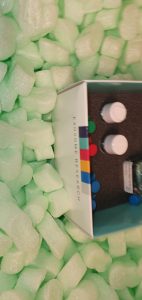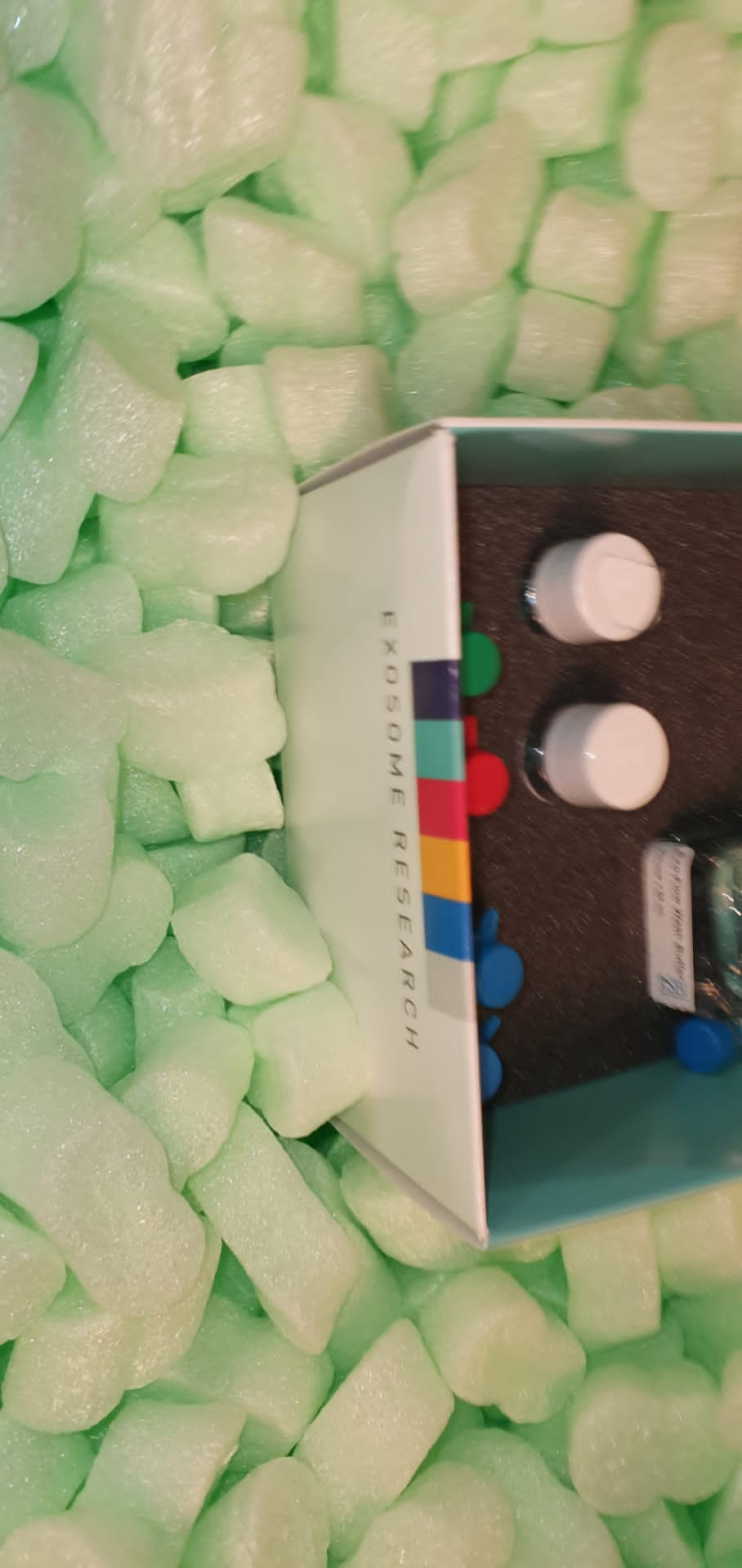Deep sequencing analysis of toad Rhinella schneideri skin glands and partial biochemical characterization of its cutaneous secretion.
Animal poisons and venoms are sources of biomolecules naturally chosen. Rhinella schneideri toads are widespread in the entire Brazilian territory they usually have poison glands and mucous gland. Lately, protein from toads’ secretion has gaining consideration. Frog pores and skin is broadly identified to current nice variety of host protection peptides and we hypothesize toads current them as effectively.
On this research, we used a RNA-seq evaluation from R. schneideri pores and skin and biochemical exams with the gland secretion to unravel its protein molecules. We recognized novel toxins and proteins from R. schneideri mucous glands. Apart from, this can be a pioneer research that introduced the in depth characterization of protein molecules richness from this toad secretion. The outcomes obtained herein confirmed proof of novel AMP and enzymes that should be additional explored.
Whole RNA from the toad pores and skin was extracted utilizing TRizol reagent, sequenced in duplicate utilizing Illumina Hiseq2500 in paired finish evaluation. The uncooked reads have been trimmed and de novo assembled utilizing Trinity. The ensuing sequences have been submitted to purposeful annotation in opposition to non-redundant NCBI database and Database of Anuran Protection Peptide.
Moreover, we carried out caseinolytic exercise check to evaluate the presence of serine and metalloproteases in pores and skin secretion and it was fractionated by quick liquid protein chromatography utilizing a reverse-phase column. The fractions have been partially sequenced by Edman’s degradation.
We have been in a position to determine a number of lessons of antimicrobial peptides, resembling buforins, peroniins and brevinins, in addition to PLA2, lectins and galectins, combining protein sequencing and RNA-seq evaluation for the primary time. As well as, we might isolate a PLA2 from the pores and skin secretion and infer the presence of serine proteases in cutaneous secretion.
The extracted RNA was freed from PCR inhibitors and may very well be synthesized into complementary DNA and used for profitable relative quantification of ocular floor biomarkers by quantitative real-time PCR. For gene targets current in low abundance, complementary DNA may be used for quantification by the comparatively new and rising technique of droplet digital PCR.
The described technique was efficiently used to guage three biomarkers in a scientific trial assessing the tolerability of a proprietary eyelid remedy in 92 IC samples from a research inhabitants of 46 individuals
Comparative analysis of 5 protocols for protein extraction from stony corals (Scleractinia) for proteomics.
Corals particularly the reef-building species are crucial to marine ecosystems. Proteomics has been used for researches on coral ailments, bleaching and responses to the setting change. A strong and versatile protein extraction protocol is required for coral proteomics. Nonetheless, a comparative analysis of various protein extraction protocols remains to be not obtainable for proteomic evaluation of stony corals.
Within the current research, 5 protocols have been in contrast for protein extraction from stony corals. The 5 protocols have been TRIzol, phenol-based extraction (PBE), trichloroacetic acid (TCA)-acetone, glass bead-assisted extraction (GBAE) and a commercially obtainable equipment. PBE, TRIzol and the business equipment have been extra sturdy for extracting proteins from stony corals.
The protein extraction effectivity and repeatability, two dimensional electrophoresis (2-DE) and matrix-assisted laser desorption/ionization time of flight mass spectrometry (MALDI TOF MS) have been employed to guage the protocols. The outcomes indicated that PBE protocol had the higher protein extraction effectivity than the others.
Protein extraction protection diversified among the many procedures. Every protocol favored for sure proteins. Due to this fact, it is extremely necessary for coral proteomic evaluation to pick out an appropriate protein protocol upon the experimental design. Generally, PBE protocol may be the primary selection for extracting proteins from stony corals.

QRREM technique for the isolation of top quality RNA from the advanced matrices of coconut.
Complicated plant tissues range in hardness, i.e. some are succulent, whereas others are advanced to interrupt. Apart from, plant metabolites, resembling polysaccharides, proteins, polyphenols and lipids can vastly intrude with the RNA extraction. So, as a way to receive a top quality RNA from the advanced tissues (like coconut endosperm, coconut apple and coconut leaf bud) wealthy in secondary metabolites, a strong technique is demanded.
A number of strategies (MRIP, CTAB and TRIZOL) have been used beforehand for the isolation of high quality RNA from the coconut tissues, however with none success. This paper will present with the main points of a brand new technique (Fast and Dependable RNA Extraction Technique or QRREM), which have effectively remoted the intact RNA kind the advanced tissues of coconut in comparison with CTAB, Trizol and RNAplant.
The strategy has been validated for the isolation of top quality intact RNA from the opposite obtainable plant species (Areca/betel nut, mint and spring onion). The strategy has numerous benefits over the opposite strategies when it comes to time and value effectiveness. Moreover, the resulted RNA from numerous tissues of coconut carried out effectively within the downstream experiments, i.e. reverse transcription and PCR for the manufacturing and amplification of cDNA.
Bronchial asthma is a posh and heterogeneous respiratory dysfunction characterised by continual airway irritation. It has typically been related to allergic mechanisms associated to sort 2 airway irritation. However, between 10 and 33% of asthmatic people have nonallergic bronchial asthma (NA). A number of focused remedies are in scientific improvement for sufferers with Th2 immune response
however few biomarkers are been outlined for low or non-Th2-mediated irritation bronchial asthma. We now have just lately outlined by gene expression a set of genes as potential biomarkers of NA, primarily related to illness severity: IL10, MSR1, PHLDA1, SERPINB2, CHI3L1, IL8, and PI3. Right here, we analyzed their protein expression and specificity utilizing sera and remoted peripheral blood mononuclear cells.

